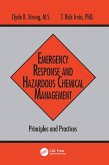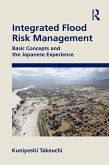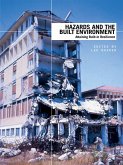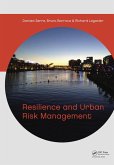Emergency Management Threats and Hazards: Water is a resource guidebook, which bridges the work of the emergency management practitioners and academic researchers, specifically for water-related incidents. Practitioners typically follow a disaster phase cycle of preparedness/protection/prevention, response, recovery, and mitigation - all of which have distinct actions and missions to reduce or eliminate adverse impacts from both threats and hazards. Academics will find the connections to allied fields such as meteorology, hydrology, homeland security, healthcare, and more. The book examines many of the distinct differences and variances within the specific scope of water-related incidents, crises, emergencies, and disasters. It provides examples and practical strategies for protection/prevention, response, recovery, and mitigation against adverse impacts to people, property, and organizations. It is also organized in the same construct used by emergency management practitioners (incident command system elements, disaster cycle phases, etc.), which will help align the academic world of emergency management education to both the practice and the training in the emergency management field.
- Takes a global view on threats and hazards, as well as their solutions.
- Provides a single repository of the majority of water-related incidents and provides a "how to" guide for resilience.
- Identifies cascading impacts and provides checklists for resolutions.
- Includes numerous case studies organized by threat and hazard.
Chapter 2 of this book is freely available as a downloadable Open Access PDF at http://www.taylorfrancis.com under a Creative Commons [Attribution-NonCommercial-NoDerivatives (CC-BY-NC-ND)] 4.0 license.
Dieser Download kann aus rechtlichen Gründen nur mit Rechnungsadresse in A, B, BG, CY, CZ, D, DK, EW, E, FIN, F, GR, HR, H, IRL, I, LT, L, LR, M, NL, PL, P, R, S, SLO, SK ausgeliefert werden.









